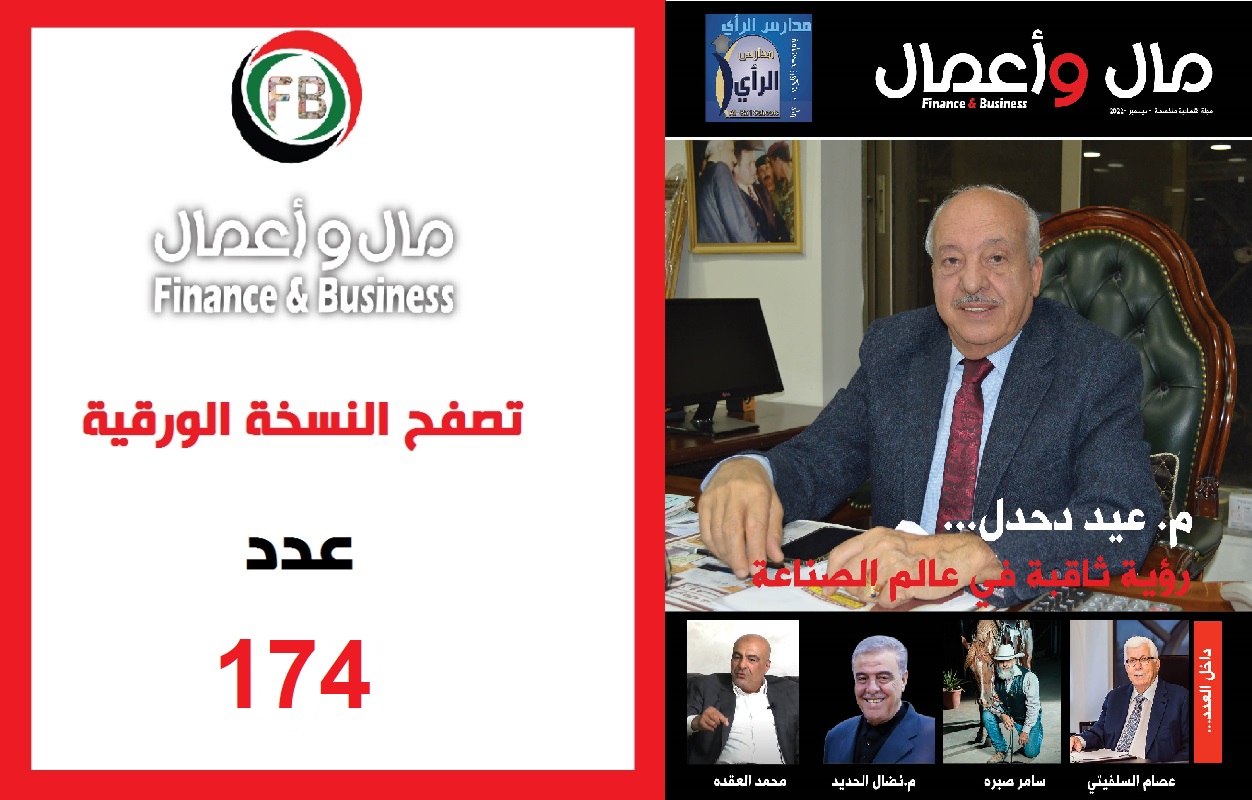Stricter regulations to change supply and demand of the coatings landscape in the country, notes Frost & Sullivan’s Chemicals Practice

Mass and industrial production of coating products in Iran dates back to the 1940s and started with a nominal capacity of less than 20 million litres per annum in the decorative sector only. The industry has significantly developed and diversified in terms of capacity and product portfolio over the last couple of decades. At present, the coatings segment in Iran is facing an over-capacity situation with imports accounting for minor share in supply. Inappropriate go-to-market strategies, traditional management, lack of liquidity, obsolete formulation and inefficient sales channels are key restraints that hold back a positive growth in this industry. Consequently, the government is actively looking to attract international players to take a role to not only overcome the current challenges but also increase the share of coating exports from the country, from less than 2% currently to over 5% within the next 5 years. In such a scenario, joint ventures and contract manufacturing practices are expected to provide substantial opportunity for global manufacturers.
“With the lifting of UN sanctions, the country witnessed a rise in demand due to increase in oil revenue inflow into construction projects. However, lack of liquidity, traditional management and inefficient production methodology hindered players from meeting the demand. To overcome challenges and boost local production, the government is offering companies the opportunity for JVs, licensed production and mergers with international players as a way forward”, said Frost & Sullivan Senior Consultant Ali Mirmohammad. “Also the government strongly aims to increase duties to make imported products more cost competitive but will offer initiatives such as tax exemptions and other benefits to international players as counter measures”.
المصدر : https://wp.me/p70vFa-qFu






















